In the past ten years museums of modern and contemporary art have proliferated around the world. New institutions have appeared in Los Angeles, Venice, Doha and Beijing. Even Camden has seen a burst of activity — the Dairy Art Centre opened in April of this year, spread over the 12,500 sq ft of a former milk depot, with an exhibition of the Swiss artist John Armleder. A similar size space, The David Roberts Art Foundation (Draf), opened last year in a mews near the Mornington Crescent end of Camden High Street. They joined the Zabludowicz Collection, which has been housed in a former Methodist chapel on Prince of Wales Road since 2007.
All three are private museums that display the wares of high-powered British collectors: Frank Cohen, Nicolai Frahm (whose collections are housed in the Dairy), David Roberts and Anita Zabludowicz respectively. Each is free from state control, with no role for DCMS directives or Arts Council hand-outs, and are answerable only to the collectors who have founded them.
The private museum model is behind the recent boom in museum-building around the world. A significant number of these are larger than Camden’s trio. The Broad, slated to open in Los Angeles in late 2014, is a 120,000 sq ft building designed by the architects Diller Scofidio + Renfro that will showcase the collection of the billionaire Eli Broad. The Mexican collector (and richest man in the world) Carlos Slim opened the Soumaya Museum in 2011, which has Rodin’s ‘The Thinker’ perched in its lobby. The trend has also taken off in a significant way in Asia. Museums such as Budi Tek’s Yuz Foundation in Indonesia and the Chinese collector Li Bing’s Beijing He Jing Yuan Art Museum are just two of a number that have opened or are under construction. Add relative old-timers such as the Rubell Family Collection in Miami and the Saatchi Gallery in London and it is clear that, almost unnoticed, we’ve entered a new era of museums.
There is much that is positive about this. State museum provision in countries such as India and China is weak despite, in the case of China at least, a government commitment to a vigorous museum-building programme. In Europe, government funding for museums has dried up since the economic downturn, and everywhere sponsorship for public museums has become tighter. Private museums have stepped into this breach, helped by the fact that their owners can move at great speed both with building projects and building collections — many are near the front of the queue when it comes to accessing works from blue-chip art dealers such as David Zwirner, Gagosian or Hauser & Wirth. The net result is that there’s lots more art on show around the world.
There are, however, potential downsides to the phenomenon of private museums. Each museum is the result of an individual’s whim and there’s no guarantee how long each collector’s interest in art will continue. A significant number of private museums appearing in China are linked with property development, with the museums’ primary role being to boost the commercial value of a development, which is probably not the soundest of intellectual foundations. The collections themselves can be deeply idiosyncratic as they are the end-product of one collector’s tastes — so, for example, Saatchi entirely excludes video art and tends to favour bold paintings, while Zabludowicz almost wholly collects the work of emerging artists.
Private collectors sell — sometimes to refresh their collections, sometimes to raise money — and so the sense of permanence associated with museum collections disappears. Finally, there is a suspicion on the part of public museums towards private museums and their owners. In 2011 Charles Saatchi offered 200 works from his collection as a gift to the nation. The Arts Council tried to cherry-pick the gift and Tate ignored it entirely, resulting in Saatchi withdrawing the offer. The incident has parallels with the National Gallery turning down Calouste Gulbenkian’s offer of his collection of Old Masters and antiquities in the 1940s. Papers released recently showed that the gallery saw the Armenian oil magnate as a ‘slippery benefactor’.
Some of these reservations about private museums are valid. Public collections are at risk of losing out on works by being outbid on potential acquisitons by the new museums. Also the potential for acquiring gifted works reduces as collectors are less likely to donate when they have their own museum to fill. And taste is an issue — private museum owners are not curators or art historians and their collections can head in odd directions. The influential website www.blouinartinfo.com headlined its review of Carlos Slim’s museum ‘Money Can’t Buy Taste’ and noted the ‘second-rate works’ on display.
Nonetheless the relentless march of the art market makes it seem likely that private museums will continue to open and flourish as collectors stockpile ever more art. Public museums should hold their noses and broker partnerships, for ultimately they hold the one thing that private museum collectors want more than anything – intellectual validation. And in return the private museum collectors have what the public institutions will find more difficult to get hold of — the art.
It’s worth remembering that Tate and the British Museum in London, as well as the Metropolitan Museum in New York, all started on the basis of private collections. While some of the new museums will inevitably fall by the wayside, the seeds of the great museums of the future lie in this glittering array of vanity projects.
Got something to add? Join the discussion and comment below.
Get 10 issues for just $10
Subscribe to The Spectator Australia today for the next 10 magazine issues, plus full online access, for just $10.
You might disagree with half of it, but you’ll enjoy reading all of it. Try your first month for free, then just $2 a week for the remainder of your first year.

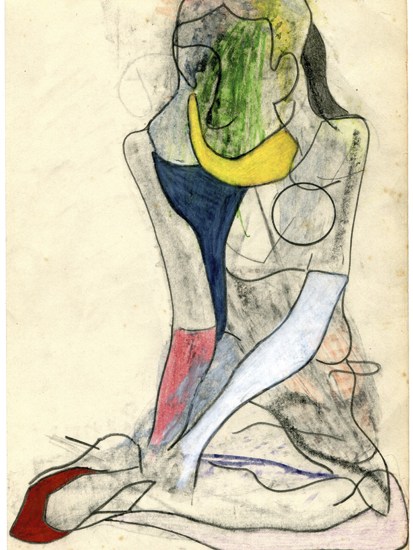
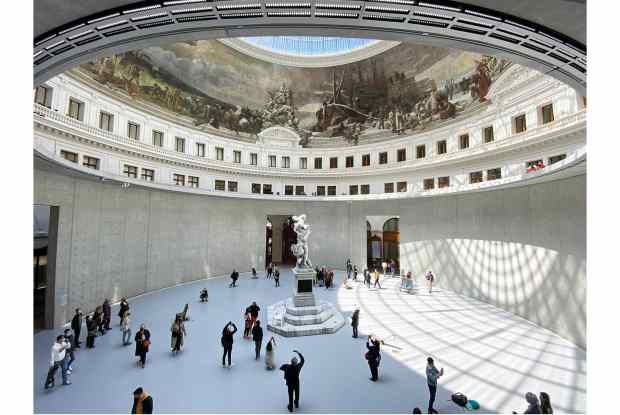


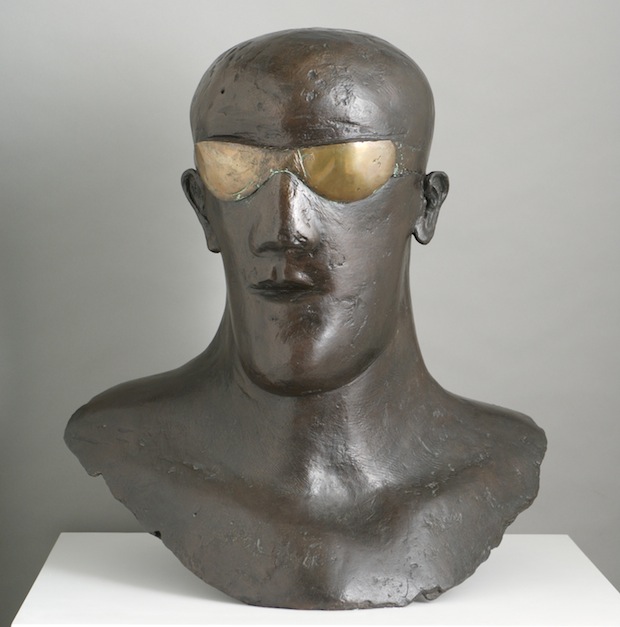
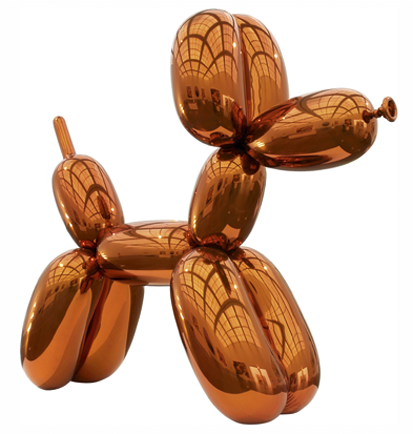
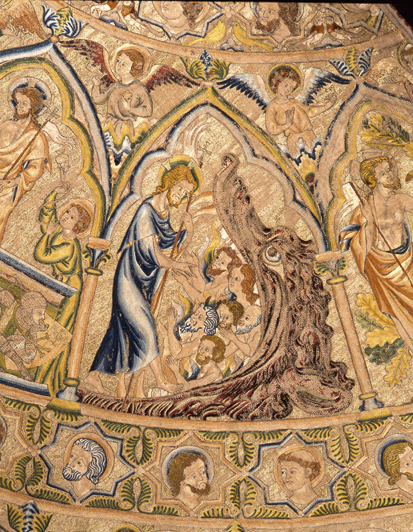






Comments
Don't miss out
Join the conversation with other Spectator Australia readers. Subscribe to leave a comment.
SUBSCRIBEAlready a subscriber? Log in